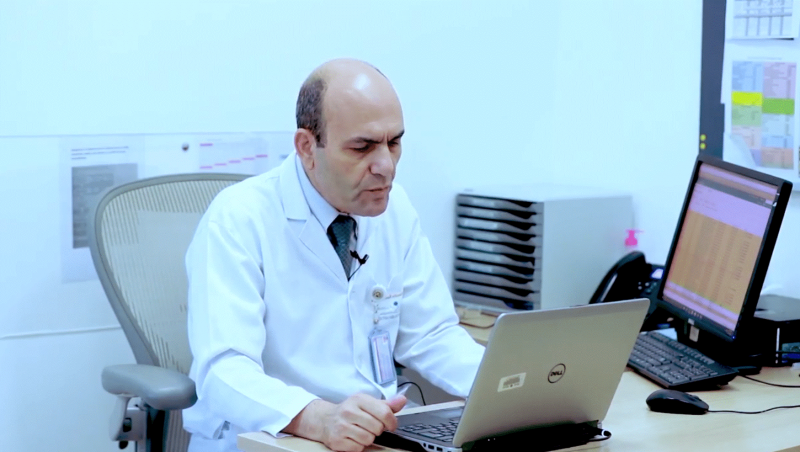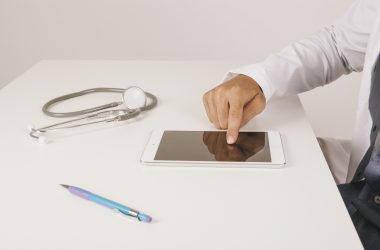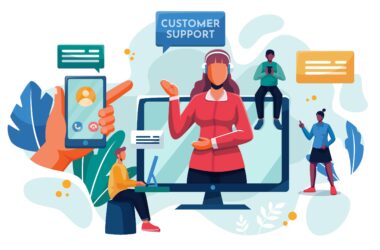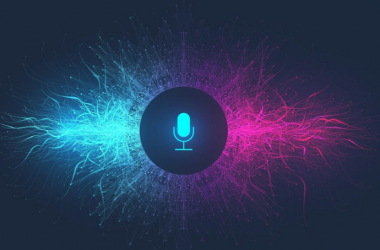Introduction:
Integrating medical transcription software is one of the most important requirements for deploying an electronic health record (EHR). Electronic health records are used in healthcare facilities to aid physicians in improving care coordination and provision.
However, they present significant difficulties and prolong the consultation process for patients and doctors. This is due to the perception among many doctors that they type more frequently than they listen to their patients.
As a result, physicians lose a lot of critical time when they are required to break the practice of dictating patient information. Instead, they need help with EHR templates to input complex patient information. Having to enter information into the EHR will also make the patient visit last longer and result in less eye contact. Patients may experience distress as a result of this, and it may also divert doctors from thinking about the data and impede their workflow.
Understanding EHR Integration with Medical Transcription Software
The emergence of Electronic Health Records (EHR) gave rise to the widespread perception that medical transcription will soon disappear from the healthcare sector. Despite this, medical professionals still utilize dictation and transcription software today, and the market for medical transcription software is expanding.
Furthermore, to verify the accuracy and thoroughness of the record, many providers contract out the transcribing work to medical transcription firms.

Despite the many advantages the EHR system claims, one of its main drawbacks is that doctors must spend more time on computers to compile patient records and less time with patients. As a result, doctors quickly burn out and get frustrated. As a result, the level of patient care may be compromised, face-to-face consultation time may be cut down, and the doctors’ performance may suffer.
Using medical transcription dictation software is a workable solution. Medical transcription is still crucial to the health sector in the current EHR era. However, many industry analysts believe that 50% and 80% of EHR implementations fail. Although many people thought that the adoption of EHRs would entirely digitize the procedures and put an end to transcribing, the truth is that there is still a considerable demand for these services.
Benefits of EHR Integration with Medical Transcription Software
Below are a few benefits of EHR integration with medical transcription voice-to-text software.
Higher Data Security
To protect sensitive patient data from unauthorized access and potential breaches, most modern medical transcribing software products emphasize data security and adherence to the Health Insurance Portability and Accountability Act (HIPAA) requirements.
This emphasis on security is essential since healthcare personnel deal with confidential patient information that, if breached, might have serious repercussions for patients and medical professionals.
Improved Accuracy
Artificial intelligence (AI)-driven transcription technologies are designed to recognize and grasp complex medical terminology, producing more accurate transcriptions.
This precision reduces the likelihood of mistakes in health records, which can significantly affect patient treatment.
Cost and Time Savings
This cutting-edge medical transcription software can help healthcare workers save valuable time and resources by automating the transcription process.
As a result, doctors can spend less time documenting and more time on patient care and other crucial responsibilities.

Seamless Data Transfer and Compatibility
Transcription platforms may now directly interface with EHRs to parse data, so transcribing can produce discrete data fields rather than merely static data or flat files. These capabilities have enabled HL7 compliance and effective data transfer using medical transcription dictation software with speech recognition capabilities.
Diverse activities like clinical dictation, admission, and transfer feeds are gradually replaced by manual transcription integrated among systems.
One of the most noticeable developments brought about by the introduction of EHRs in the medical transcription process is the transition of editors. Given the prevalence of speech recognition technologies, typing out documents by hand might become obsolete. Therefore, transcriptionists must be responsible for revising documents instead of creating documents.
Automated Population of Transcriptions into EHR
Clinical trials frequently use data from the actual world. Unfortunately, these data are often manually extracted from electronic health records (EHRs) and entered into electronic case report forms (CRFs) or medical transcription software—a labor- and time-intensive process that risks making mistakes and missing important data. The automated transfer of data from EHRs to software for medical transcription has the potential to lessen the load of data entry and abstraction while also enhancing the quality and security of the data.

Security and Compliance Considerations
Even while all doctors and other medical professionals know the strict requirements of the Health Insurance Portability and Accountability Act (HIPAA), many people must know that Medical transcription software solutions aren’t necessarily HIPAA-compliant.
Reputable medical transcription services recognize the critical necessity of data security and mandate thorough training on HIPAA and security best practices for all employees and business partners.
Conclusion:
The greatest strategy to raise physician note quality while reducing documentation requirements is outsourcing your practice’s documentation to a reliable medical transcribing company. Doctors can still profit from dictation with a medical transcription service while avoiding the drawbacks of speech recognition software.
The recorded audio is forwarded to knowledgeable transcriptionists who will handle all the minute details, such as formatting, that could take up a doctor’s time if they’re using medical transcription voice-to-text software.
FAQs:
What are the benefits of integrating transcription software with EHR systems?
Because it enables smooth, effective, and safe information sharing across healthcare providers, integrating EHR is essential for hospitals. In addition, it lessens transcription errors and data inconsistency problems that might happen while moving medical records from one healthcare provider to another.
How does EHR integration improve workflow efficiency for healthcare providers?
Integrating your EHR with practice management software may give practitioners easy access to patient and dental records for quicker diagnosis and care. Patients can also enter their personal information electronically, speeding up and improving onboarding.
Are there any compatibility challenges when integrating transcription software with specific EHR platforms?
- Implementation costs.
- Second Staff Resistance.
- Training requires a lot of time.
- Poor usability.
- Data security.
- Migration of data.
- Technical resource limitations.
- Interoperability
What security measures are in place to protect patient data during integration?
- Restrict access to data and applications.
- Educate healthcare staff.
- Put data usage controls in place.
- Record and oversee usage.
- Encrypt Data While It Is In Transit and At Rest.
- Secure mobile devices.
- Reduce the risks posed by connected devices.
- Regularly conduct risk assessments.
How can EHR integration with transcription software improve patient care and outcomes?
- Lower potential for document errors.
- Increased doctor recommendations to other doctors.
- Enhanced general patient care.
- Ability to process reimbursements more quickly.
- Minimizes doctors’ point-and-click effort.
- Saves money for your practice.









